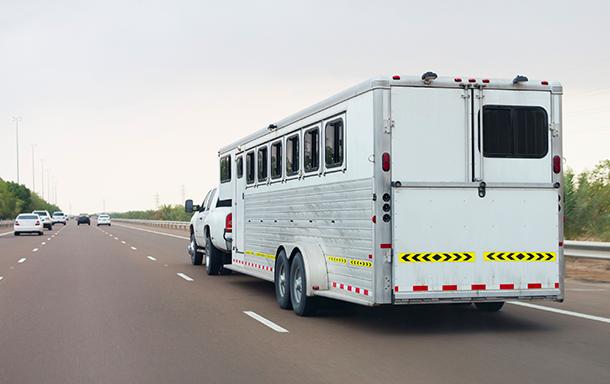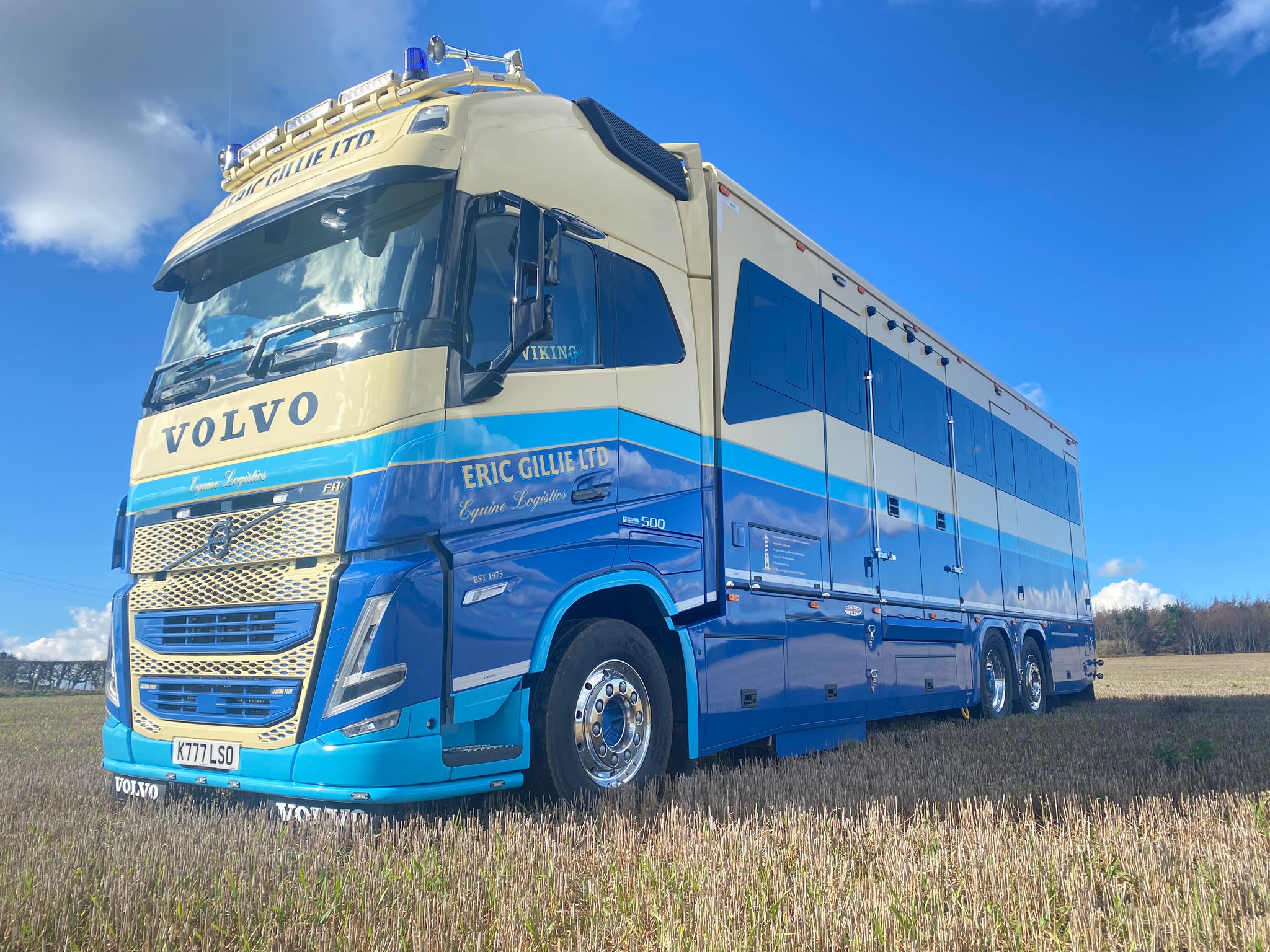Horse Transport and Logistics Market Changes

The horse transport and logistics market has undergone significant transformations in recent years, driven by evolving industry demands, technological advancements, and regulatory changes. This article explores the key factors influencing these changes, the current market landscape, and future trends.
Key Market Drivers

| Driver | Description |
|---|---|
| Increased Demand | Growing equestrian sports and leisure activities have boosted the need for reliable horse transport services. |
| Technological Advances | Innovations such as GPS tracking, temperature-controlled trailers, and online booking platforms have improved service quality and efficiency. |
| Regulatory Changes | Stricter animal welfare laws and transport regulations have necessitated higher standards in logistics operations. |
| Globalization | Expansion of international equestrian events has increased cross-border horse transport requirements. |
Market Challenges

- Animal Welfare Concerns: Ensuring the safety and comfort of horses during transport remains a top priority, requiring specialized equipment and trained personnel.
- Cost Management: Balancing high operational costs with competitive pricing is a constant challenge for service providers.
- Logistical Complexity: Coordinating multi-modal transport and navigating customs and quarantine regulations can complicate logistics.
Emerging Trends
- Sustainability Initiatives: Adoption of eco-friendly vehicles and practices to reduce the carbon footprint of horse transport.
- Digital Integration: Use of apps and platforms for real-time tracking, booking, and customer communication.
- Customized Services: Tailored transport solutions catering to specific horse breeds, event types, and client preferences.
FAQ
Q1: What are the main regulations affecting horse transport?
A1: Regulations vary by country but generally include animal welfare standards, transport duration limits, and requirements for rest stops and veterinary checks.
Q2: How has technology improved horse transport?
A2: Technology has enhanced route planning, monitoring of horse health during transit, and streamlined booking and communication processes.
Q3: What should I consider when choosing a horse transport service?
A3: Key considerations include the provider’s experience, compliance with welfare regulations, transport equipment quality, and customer reviews.
Conclusion
The horse transport and logistics market is evolving rapidly, shaped by technological progress, regulatory frameworks, and changing customer expectations. Staying informed about these changes is essential for stakeholders to ensure safe, efficient, and sustainable transport solutions.
